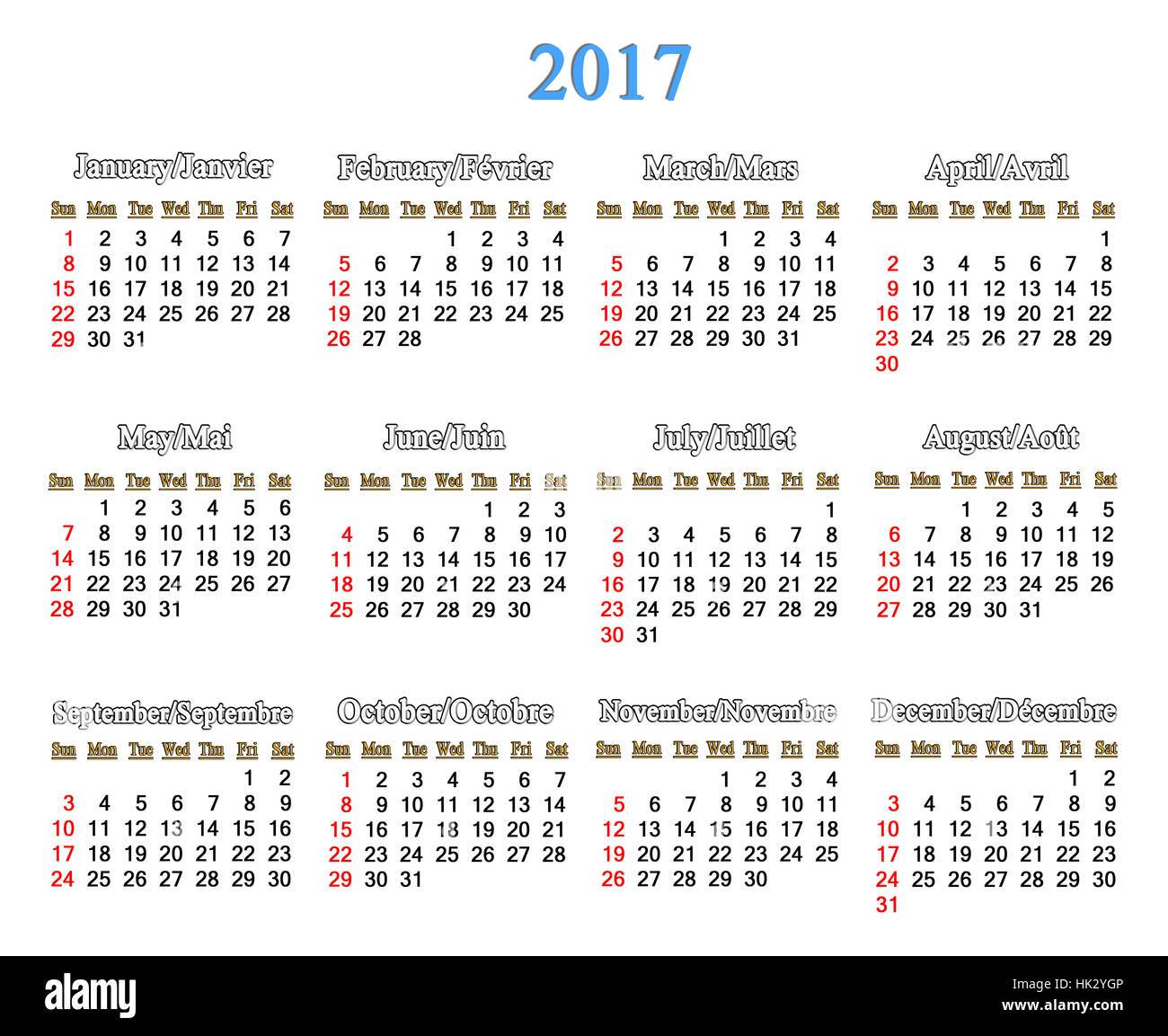When it comes to compact SUVs, the 2017 Ford Escape stands out not only for its distinct design and features but also for what lurks under the hood and how it impacts your wallet at the gas pump. Have you ever considered what it takes to keep your escape exciting yet economical? The possibility of a balanced vehicle that caters to both performance and fuel efficiency is enticing, but it also poses a challenge—how do you fully decode its fuel economy and gas mileage?
The 2017 Ford Escape offers three engine configurations that cater to a variety of driving needs and preferences. The base model features a 2.5-liter four-cylinder engine, which produces a respectable 168 horsepower. While it may not be the most powerful choice, it provides adequate performance for daily commuting. The numbers to consider here are the EPA fuel economy ratings: 21 miles per gallon in the city and 29 on the highway. Not too shabby, right? But is it enough to satisfy your thirst for adventure while keeping gas expenses in check?
Stepping up your game, the available 1.5-liter turbocharged EcoBoost engine offers both agility and efficiency. With a boost to 179 horsepower, this engine features an automatic start-stop system that optimizes fuel consumption, especially in stop-and-go traffic. It shines with EPA ratings of 23 mpg in the city and 30 on the highway. Suddenly, that spontaneous weekend getaway to the mountains seems feasible. How does this engine management system function? It simply shuts off the engine when the vehicle is stopped, cutting fuel waste while you sit idly. Remarkable, isn’t it?
On the other end of the spectrum, if power is your primary concern, the 2.0-liter turbocharged engine produces an impressive 245 horsepower, ramping up your driving experience. You might wonder, however, if this power comes at the cost of efficiency. While the EPA ratings list this option at 20 mpg in the city and 27 on the highway, it’s clear that there’s a trade-off. Is that exhilarating rush worth sacrificing your fuel budget? Evaluating your personal driving style will dictate the best match for your needs.
Equally important is the vehicle’s transmission system. The 2017 Ford Escape employs a six-speed automatic transmission, which contributes to a smoother driving experience. For those who enjoy a more tactile connection with their vehicle, the Escape also provides a manual mode. Regardless of your driving choice, the efficient transmission enhances the overall fuel economy by ensuring that the engine operates within its optimal power band. But does a seamless shift in gears really account for a more enjoyable ride? It certainly enhances the pleasure of driving while trying to reduce fuel expenditure.
Another critical aspect of fuel economy lies in driving habits. How do your driving style and your choice of routes affect your fuel consumption? Sudden acceleration, frequent braking, and high speeds can dramatically degrade mileage. Engaging in defensive driving techniques can cultivate better gas mileage. Maintaining a steady speed and avoiding excessive idling can yield significant savings over time. Are you up for the challenge of modifying your driving behaviors to maximize efficiency? Taking a more conscious approach can transform your driving experience.
Moreover, understanding the role of service and maintenance cannot be overstated. A well-maintained vehicle performs better in all aspects, including fuel economy. Regular oil changes, air filter replacements, and tire maintenance can enhance your Escape’s performance. An often-overlooked area is tire pressure. Keeping tires properly inflated not only ensures safety but also improves gas mileage. Are you checking your tire pressure regularly? Neglecting this can be a silent drain on fuel efficiency.
Next, let’s not forget about the influence of load on fuel economy. Are you the type to frequently pack your Escape to the brim for road trips? The extra weight can decrease mileage significantly. Therefore, practicing minimalism—leaving unnecessary items at home—can help maintain efficiency. It’s a fine line to walk between comfort and practicality, but the potential savings in fuel costs can be well worth the effort.
As technology evolves, so do vehicles and their efficiency metrics. The Escape comes equipped with various features designed to optimize fuel economy, including Ford’s SYNC system that allows for better driving efficiency tracking. Blind spot monitoring and rear cross-traffic alerts blend safety with technology. How does incorporating these technological perks into your daily drive change your perception of the Escape? It’s an integration of safety and efficiency wrapped in one sophisticated package.
In conclusion, the 2017 Ford Escape provides a spectrum of choices when it comes to balancing performance with fuel efficiency. The challenge lies not solely in understanding the specifications but embracing a holistic approach that encompasses driving habits, maintenance, and the vehicle’s technological offerings. Will you unravel the secrets of the Escape to make it your ideal partner on every journey? Embark on this exploration, and who knows, you just might rediscover the joy of driving while you save at the pump.
